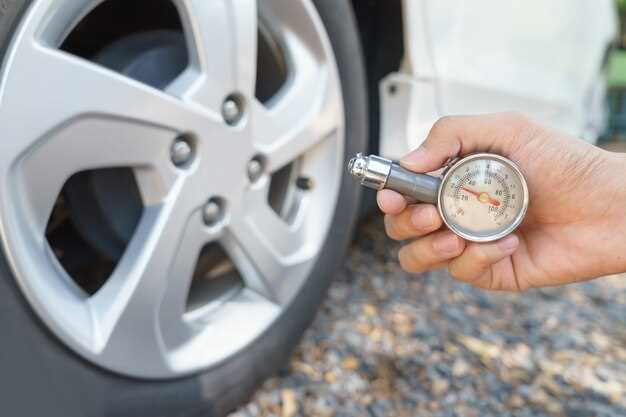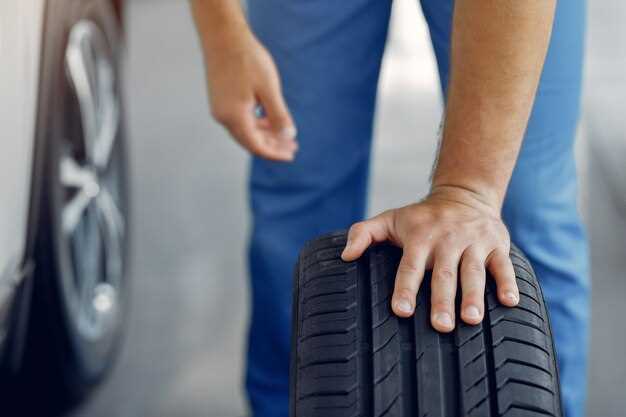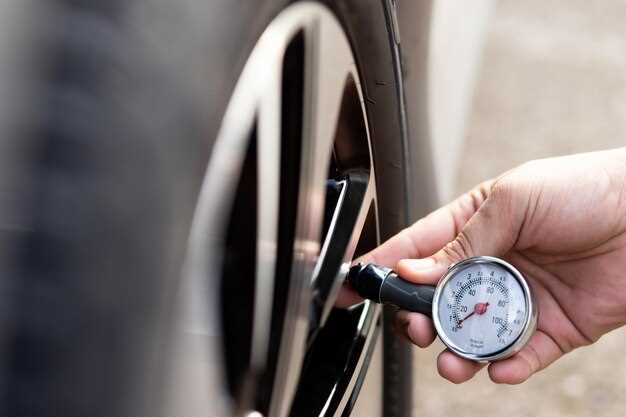
Understanding tire pressure and its effects
- Dominique Kaye
- 0
- Posted on

Proper tire pressure is a critical factor that directly influences both vehicle performance and fuel efficiency. Understanding the nuances of tire pressure can lead to significant improvements in driving experience and overall safety. When tires are inflated to the recommended pressure levels, vehicles achieve optimal grip, stability, and handling, all of which contribute to a smoother ride.
Equally important is the correlation between tire pressure and fuel economy. Under-inflated tires create greater rolling resistance, requiring more energy and, consequently, more fuel to maintain speed. Drivers often underestimate how even a slight deviation from the recommended tire pressure can adversely affect their vehicle’s performance and fuel consumption. Therefore, regular tire maintenance becomes an essential practice for vehicle owners aiming to maximize fuel efficiency and reduce operational costs.
Moreover, tire pressure impacts not just fuel economy but also safety. Properly inflated tires ensure better traction, especially in adverse weather conditions, reducing the likelihood of accidents. By regularly checking and adjusting tire pressure, drivers can enhance not only the longevity of their tires but also their overall driving experience.
How to Accurately Measure Tire Pressure for Optimal Performance
Accurate tire pressure measurement is essential for maximizing vehicle performance and ensuring safety. The recommended pressure for your tires can typically be found in the owner’s manual or on a sticker located on the driver’s door jamb. It is crucial to check tire pressure regularly, ideally when the tires are cold, as heat generated from driving can cause the pressure to increase, leading to inaccurate readings.
To measure tire pressure, you will need a reliable tire pressure gauge. These devices come in various types, including digital, dial, and pencil gauges. Begin by removing the valve cap from one tire and pressing the gauge onto the valve stem. Ensure a tight seal to avoid air loss, and take the reading promptly. If using a manual gauge, note the measurement quickly, as the pressure can fluctuate. Repeat this process for all tires, including the spare tire if applicable.
Maintaining the proper tire pressure directly influences fuel economy. Under-inflated tires increase rolling resistance, resulting in higher fuel consumption. According to studies, for every 1 PSI (pound per square inch) drop in tire pressure, fuel efficiency can decrease by about 0.2%. Therefore, keeping tires inflated to the recommended pressure not only enhances vehicle performance and handling but also contributes significantly to fuel savings.
After checking the pressure, if adjustments are necessary, utilize an air compressor to inflate your tires to the recommended level. It is wise to check pressure again after inflating to ensure accuracy. Regular monitoring of tire pressure, combined with correct inflation, will ensure optimal performance, promote safety, and enhance fuel economy in the long term.
The Link Between Tire Pressure and Fuel Economy: What You Need to Know

Maintaining the correct tire pressure is crucial not only for safety but also for optimizing fuel efficiency. Under-inflated tires create increased rolling resistance, which means the engine has to work harder to maintain speed, leading to higher fuel consumption.
Studies have shown that for every 1 PSI drop in tire pressure, fuel economy can decrease by approximately 0.2%. This may seem minimal, but for drivers who frequently travel long distances or commute daily, the cumulative effect can be significant.
Moreover, over-inflated tires can also adversely affect fuel economy. They reduce the contact patch with the road, which can lead to less traction and an inefficient power transfer. This can result in a decrease in overall vehicle performance and, paradoxically, increased fuel usage to compensate for the lack of grip.
Regularly checking and adjusting tire pressure based on manufacturer recommendations is essential. The optimal range is typically found in the owner’s manual or on a sticker inside the driver’s side door. By ensuring that tires are correctly inflated, drivers can enhance fuel economy, extend tire lifespan, and promote safer driving conditions.
In summary, the relationship between tire pressure and fuel economy is clear. Consistent monitoring of tire inflation is a simple yet effective strategy for every vehicle owner aiming to maximize efficiency and minimize expenses at the pump.
Common Misconceptions About Tire Pressure Maintenance and Vehicle Safety

One prevalent misconception is that tire pressure does not significantly affect fuel economy. In reality, underinflated tires increase rolling resistance, requiring the engine to work harder and thus consuming more fuel. Maintaining optimal tire pressure can lead to significant savings at the pump over time. Many drivers overlook this, assuming that a small decrease in pressure will not have a noticeable impact.
Another misunderstanding is the belief that tire pressure is only crucial for vehicle performance in extreme conditions. While it is true that low pressure can greatly affect handling and safety during adverse weather, proper pressure maintenance is essential in all driving conditions. Consistently inflated tires provide better traction, enhance braking efficiency, and reduce the risk of blowouts.
Some drivers also think that tire pressure can be ignored during colder months. Cold weather causes air to condense, leading to lower tire pressure. This can be dangerous, as underinflated tires can cause poor handling and reduced safety. It’s important to check tire pressure regularly throughout the year, regardless of seasonal changes.
Lastly, many individuals assume that buying new tires will eliminate the need for regular pressure checks. New tires can quickly lose pressure, and failure to monitor this can diminish their performance and increase the risk of accidents. Ensuring that all tires, regardless of age, are properly inflated is crucial for vehicle safety and performance.
